Brian Horn, Senior Vice President and Chief Geologist at ION E&P Advisors looks at the prospects for oil and gas production from the West African margin
The West African margin has enjoyed a rich and varied exploration history, remaining an exciting region for hydrocarbon discovery. Fusion of traditional approaches, imaginative ideas, leveraged with modern technologies is still yielding success. This volume examines the margin from regional to pore-scale, from surface-processes to deep crustal levels, drawing on input from academia and industry.
Exploration on the West African margin has gone through several distinct phases. Initial wells drilled on the shelf and shallow water targeted syn-rift and early post-rift plays. This was followed by drilling in progressively deeper water with post-salt exploration in the basins from Angola to Gabon. The more recent trends have been in the post-rift Cretaceous fan play on the transform margin typified by the Jubilee discovery in Ghana and the pre-salt plays of Angola and Gabon. Other parts of the margin like Namibia have yet to show commercially viable petroleum systems. Exploration in the Niger Delta has dominated activity between the salt basins and transform margin plays but has not been extended beyond its geographical area of the delta.
Through evaluation of a regionally integrated seismic dataset from southern Namibia to Ghana, we demonstrate the extent of these plays as they exist today, the remaining potential and risks in each play. We can place each of these plays within a global exploration context highlighting the competition for exploration dollars from around the world and discuss potential opportunities that can entice investment back to West Africa. This requires an understanding of the appropriate fiscal regime that is commensurate with the hydrocarbon potential, technical uncertainty and risk of each area in order to develop an appropriate fiscal regime that fits the exploration risk.
Offshore Libya is a prolific hydrocarbon producing area. Following the huge successes onshore in the 1960’s, exploration in the Sabratah Basin offshore western Libya started in the 1970’s and continues today with 7.8 BnBO and 36 TCFg of in-place hydrocarbons discovered. The central and eastern portions of the Libyan offshore have not yet proven to be as prolific, although a working petroleum system has been demonstrated several times, the resulting commercial development and production has not yet occurred.
The offshore Sirte Basin covers the central portion of the Libyan offshore and it is a direct extension of the highly prolific equivalent onshore basin. Currently the knowledge of the offshore Sirte Basin is poorly constrained due to limited exploration activity and lack of understanding of the complex geological history. The Marmarica Basin covering the eastern offshore portion remains a frontier basin and the least understood.
Exploration work conducted to date in Libya offshore basins have identified huge prospective oil and gas resources estimated at 41 TCF and 14.5 BnBO remained to be discovered. Also recent integration studies of onshore outcrops and offshore exploration wells and seismic data document untested petroleum systems including shallow biogenic gas systems as well as deeper (Pre-Cretaceous) petroleum plays.
ION has been working in Libya for over five years now alongside the NOC to unlock the offshore potential using a phased approach by obtaining the best possible data and developing a regional understanding of the subsurface in order to identify the key areas and plays with the greatest remaining potential.
We look at the future potential of offshore Libya and place it in the context of expected activity in other exploration areas around the globe to highlight the importance of this province on the global stage.
Exploration on the West African margin has gone through several distinct phases. Initial wells drilled on the shelf and shallow water targeted syn-rift and early post-rift plays. This was followed by drilling in progressively deeper water with post-salt exploration in the basins from Angola to Gabon. The more recent trends have been in the post-rift Cretaceous fan play on the transform margin typified by the Jubilee discovery in Ghana and the pre-salt plays of Angola and Gabon. Other parts of the margin like Namibia have yet to show commercially viable petroleum systems. Exploration in the Niger Delta has dominated activity between the salt basins and transform margin plays but has not been extended beyond its geographical area of the delta.
Through evaluation of a regionally integrated seismic dataset from southern Namibia to Ghana, we demonstrate the extent of these plays as they exist today, the remaining potential and risks in each play. We can place each of these plays within a global exploration context highlighting the competition for exploration dollars from around the world and discuss potential opportunities that can entice investment back to West Africa. This requires an understanding of the appropriate fiscal regime that is commensurate with the hydrocarbon potential, technical uncertainty and risk of each area in order to develop an appropriate fiscal regime that fits the exploration risk.
Offshore Libya is a prolific hydrocarbon producing area. Following the huge successes onshore in the 1960’s, exploration in the Sabratah Basin offshore western Libya started in the 1970’s and continues today with 7.8 BnBO and 36 TCFg of in-place hydrocarbons discovered. The central and eastern portions of the Libyan offshore have not yet proven to be as prolific, although a working petroleum system has been demonstrated several times, the resulting commercial development and production has not yet occurred.
The offshore Sirte Basin covers the central portion of the Libyan offshore and it is a direct extension of the highly prolific equivalent onshore basin. Currently the knowledge of the offshore Sirte Basin is poorly constrained due to limited exploration activity and lack of understanding of the complex geological history. The Marmarica Basin covering the eastern offshore portion remains a frontier basin and the least understood.
Exploration work conducted to date in Libya offshore basins have identified huge prospective oil and gas resources estimated at 41 TCF and 14.5 BnBO remained to be discovered. Also recent integration studies of onshore outcrops and offshore exploration wells and seismic data document untested petroleum systems including shallow biogenic gas systems as well as deeper (Pre-Cretaceous) petroleum plays.
ION has been working in Libya for over five years now alongside the NOC to unlock the offshore potential using a phased approach by obtaining the best possible data and developing a regional understanding of the subsurface in order to identify the key areas and plays with the greatest remaining potential.
We look at the future potential of offshore Libya and place it in the context of expected activity in other exploration areas around the globe to highlight the importance of this province on the global stage.





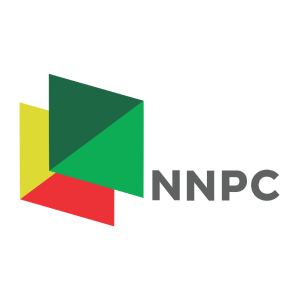
_weblogo_2.png?ext=.png)
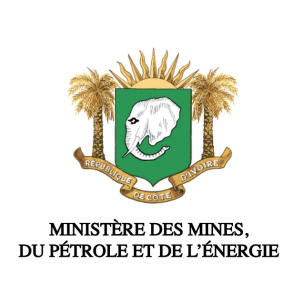

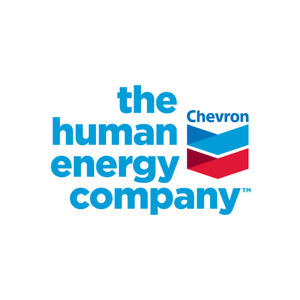




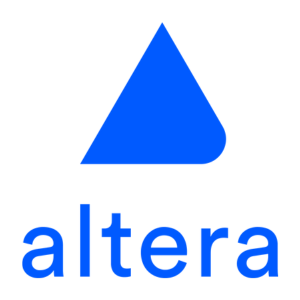

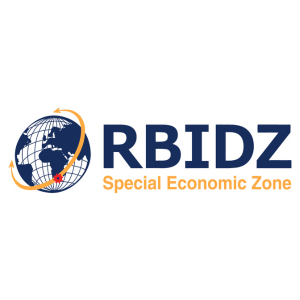
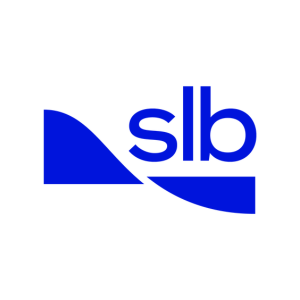
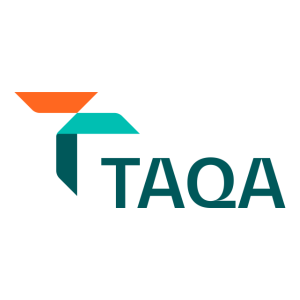



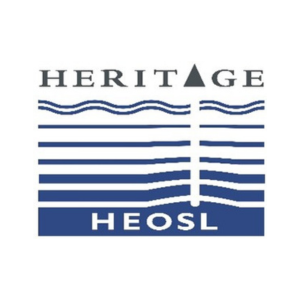
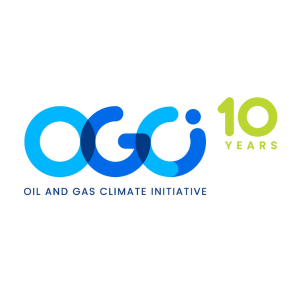
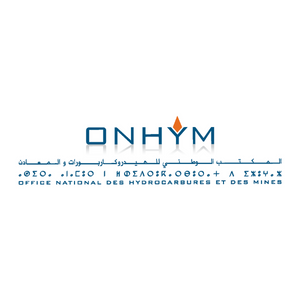
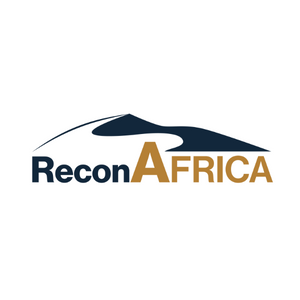
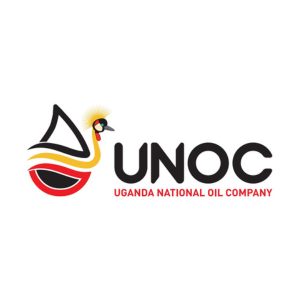
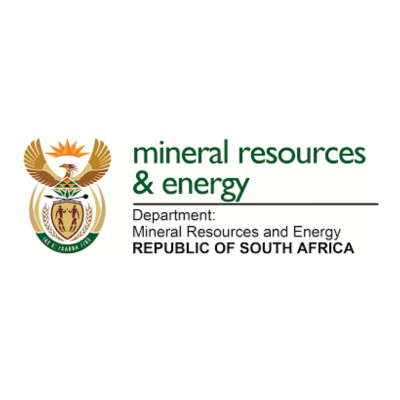
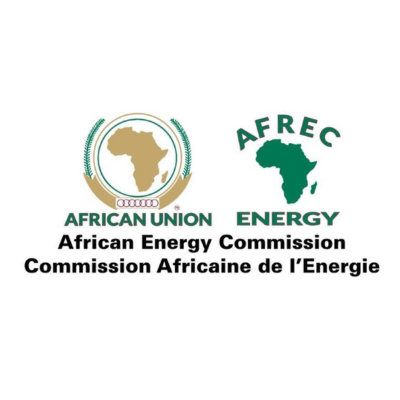
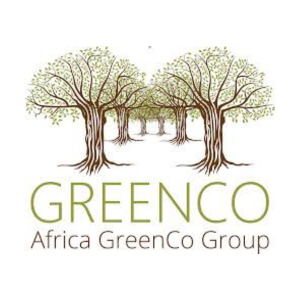
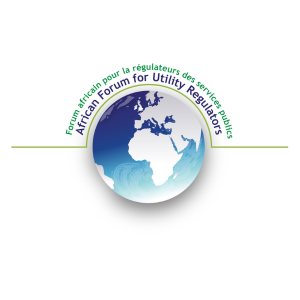





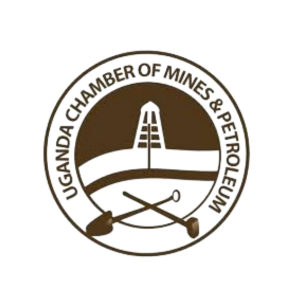



.jpg?ext=.jpg)

